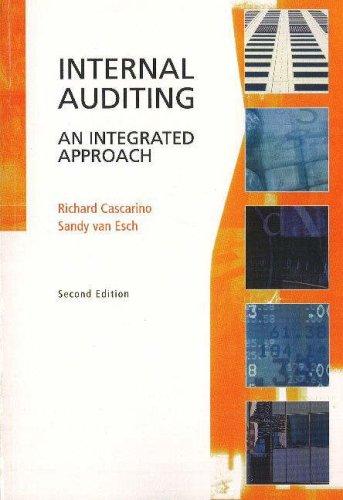Determine the amount of sales (units) that would be necessary under Break Even Sales Under Present and Proposed Conditions Darby Company, operating at full capacity, sold 99,900 units at a price of $78 per unit during the current year. Its income statement for the current year is as follows: $7,792,200 3,848,000 $3,944,200 Sales Cost of goods sold Gross pront Expenses: Selling expenses $1,924,000 Administrative expenses 1,924,000 Total expenses 3,848,000 Income from operations $96,200 The division of costs between fixed and variable is as follows: Variable Fixed Cost of goods sold 70% 30% Selling expenses 75% 25% Administrative 509 50% expenses Management is considering a plant expansion program that will permit an increase of $624,000 in yearly sales. The expansion will increase foxed costs by $62,400, but will not affect the relationship between sales and variable costs Required: 1. Determine the total variable costs and the total fixed costs for the current year. Enter the final answers rounded to the nearest dollar. Total variable costs Total fixed costs 2. Determine (a) the unit variable cost and (b) the unit contribution margin for the current year. Enter the final answers rounded to two decimal places. Unit variable cost Unit contribution margin 3. Compute the break-even sales (units) for the current year. Enter the final answers rounded to the nearest whole number units 4. Compute the break-even sales (units) under the proposed program for the following year. Enter the final answers rounded to the nearest whole number, units 5. Determine the amount of sales (units) that would be necessary under the proposed program to realize the $96,200 of income from operations that was e the current year. Enter the final answers rounded to the nearest whole number. units 6. Determine the maximum income from operations possible with the expanded plant. Enter the final answer rounded to the nearest doltar. 7. If the proposal is accepted and sales remain at the current level, what will the income or loss from operations be for the following year? Enter the final ang rounded to the nearest dollar 8. Based on the data given, would you recommend accepting the proposal? a. In favor of the proposal because of the reduction in break-even point b. In favor of the proposal because of the possibility of increasing income from operations c. In favor of the proposal because of the increase in brak-ryen nint 8. Based on the data given, would you recommend accepting the proposal? a. In favor of the proposal because of the reduction in break-even point. b. In favor of the proposal because of the possibility of increasing Income from operations. c. In favor of the proposal because of the increase in break-even point. d. Reject the proposal because if future sales remain at the current level, the income from operations will increase e. Reject the proposal because the sales necessary to maintain the current income from operations would be below the current year sales Choose the correct answer. Total variable costs Total fixed costs 2. Determine (a) the unit variable cost and (b) the unit contribution margin for the current year. Enter the final answers rounded to two decimal places Unit variable cost Unit contribution margin 3. Compute the break-even sales (units) for the current year. Enter the final answers rounded to the nearest whole number, units 4. Compute the break-even sales (units) under the proposed program for the following year. Enter the final answers rounded to the nearest whole number units 5. Determine the amount of sales (units) that would be necessary under the proposed program to realize the 96,200 or income from operations that was earned in the current year. Enter the final answers rounded to the nearest whole number: units 6. Determine the maximum income from operations possible with the expanded plant, Enter the final answer rounded to the nearest dollar, 7. If the proposal is accepted and sales remain at the current level, what will the income or loss from operations be for the following year? Enter the final answer rounded to the nearest dollar










